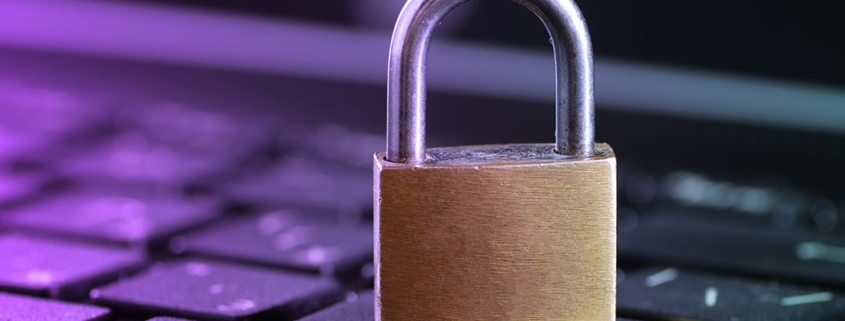Essential steps to prevent a ransomware attack
While preventing ransomware may sound like a fairly routine exercise for IT professionals with the right infrastructure and resources, the reality is that many businesses still fall victim to sophisticated cyber attacks. Recent statistics point to a 70% increase in ransomware attacks on UK businesses, with the UK proving to be the second most targeted region for cybercrime.
In addition, the evolving digital landscape necessitates innovative ways of building resilience and for businesses to expect the unexpected in uncharted territory.
Ransomware is still a thorn in the side of UK institutions and businesses
The premise of ransomware remains much the same as it always has: with malware encrypting files and data and grinding operations to a halt, followed by demands of (often extortionate) ransom payments in exchange for a decryption key. The coordinated Conti and Ryuk ransomware attacks affected 149 British victims and — across hospitals, schools, councils and businesses — extorted about £27 million. This resulted in sanctions on seven Russian nationals courtesy of concerted action against international cybercriminals.
Notable recent attacks have included the Greater Manchester police force, Royal Mail and The Guardian. If these established institutions and companies can fall victim to this highly intricate and malicious form of cybercrime it’s clear that more needs to be done to protect against it. Businesses must invest in more robust defence strategies and make suitable preparations. Not only should this be in relation to the containment and isolation of threats, but also in terms of their disaster recovery efforts and long term preservation of their reputation.
The growing ransomware landscape has made many business leaders question whether paying a cybercriminal’s ransom is the most effective way to minimise harm. This prompted the release of an in-depth financial sanctions and ransomware whitepaper from the UK government, vehemently advising against such a move. Proactive prevention is far more effective than a reactionary response.
5 Steps to developing a strong ransomware prevention strategy
The five steps outlined below should form a loose…



